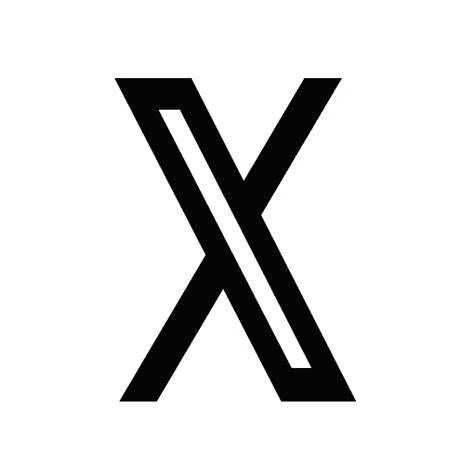The predecessor of the SS Totenkopf division, the skull Corps (also known as the death corps, SS Totenkopf verb ä NDE, in which Totenkopf means skull, while verb ä NDE is the plural of Verband, interpreted as an organization or association), is an organization specialized in extinction activities. In fact, the skull team is just a general term, which refers to the Ss who managed the Nazi concentration camp during World War II, including auxiliary police, armed SS, ordinary SS and special "special members". Later, on the basis of some officers and soldiers in these forces, the third "skeleton" armored division of the SS was established. Its commander, teodore Ike, once said to his subordinates, "treat our enemies mercilessly to live up to our skull badge.". The leader on the right side of the skull force is either a SS or a skull. The armband is also changed to a skull mark at the end. Their uniforms have two more skull badges than other Ss forces.
Most of its original members came from the Totenkopf Verband, which can be traced back to the skeletons on the flag of Frederick William I's funeral in 1740. In order to commemorate the former Emperor, the royal guards, the first and second guard Light Cavalry Regiment (Leib haussaren), were founded the following year They wear black uniforms and emblazoned skulls on their fur hats. In World War I, the skull pattern also became the symbol of the elite German troops, such as assault troops and armored troops. After the end of World War I, a few Freedom Corps also painted the skull logo on helmets and vehicles, because it also has the meaning of traditionalism, anti liberalism and anti communism. Later in the early 1930s, it was designated as the symbol of the SS and its subordinate skulls. Alois rosenwick, the real founder of the senior guidance office of the SS, once said: "we wear the skulls on our black hats to warn our enemies and show our leaders that we are ready to use our lives to realize his ideals.
Editor of World War II history
After the Polish campaign, some new Waffen SS divisions were built. The 3rd Waffen SS division is composed of a number of "skeleton" units that have participated in the Polish campaign and a reserve of "skeleton" organizations in the country plus other auxiliary forces of Waffen SS. Some of them are from the Waffen SS "heimwehr Danzig" unit, which was originally the Waffen SS skull battalion "gotze" and was renamed the Waffen SS "heimwehr Danzig" unit after expansion, with the scale between the battalions. The unit took part in the Polish campaign under the command of the army, after which a number of units were transferred to serve as the backbone of the newly formed skull division. The skull division was formed at the Waffen SS training base near Dachau and then further trained at Wurttemberg and truppen ubungsplatz obermungsingen. When the training was over, Theodor Eicke was officially appointed as the division commander, who was originally the commander-in-chief of the domestic "skeleton" organization.
In the French campaign, the 3rd Waffen SS division was first used as a reserve until May 16, 1940. On the 19th, the division was responsible for clearing the remaining resistance forces in Le cateau and Cambrai areas, but there was a massacre of prisoners of war on the same day. After the war, Fritz knocklein, then commander of the 4th company of the 1st Battalion, was hanged, and the company is believed to be responsible for the incident. But it seems that the evidence is inadequate and that the motive for hanging him is questionable. (similar incidents often occur in the Waffen SS. Divisions 1, 2 and 3 have all participated in the massacre of prisoners of war and civilians. Fanaticism has generated not only courage, but also madness.).
At the beginning of 1941, the division of "skull" expanded from 20000 to 40000, 13000 of whom were over age servicemen, serving only as permanent police forces of France and Norway. In April 1941, the "skull" division was incorporated into the German northern army group under the command of Loeb to prepare for the invasion of the Soviet Union.
After the war, it quickly crossed Lithuania and Latvia. In July, it crossed the Stalin line (the Soviet border before the Soviet Union annexed the three Baltic States) and reached the north of demijansk. Then it fought in Leningrad from July 31 to August 25. (at the time of this operation, it was assigned to the 56 armored forces under Manstein's command, which was his first contact with SS forces. In his memoir, Manstein talks about his views and comments on the Waffen SS.) Earlier in August, the division seized chudovo, a key town on the Moscow Leningrad railway line.
In February 1943, the division returned to the east to join the southern army group. Later, he took part in the counterattack against the Soviet winter offensive, which had wiped out the Sixth Army in Stalingrad. In the second battle of Kharkov, it joined the counterattack forces on the south line and made great contributions to retake Kharkov. During this period, Eicke, the division commander, died in battle. Since then, it has participated in the battle of Kursk and in several of the most important and bloody battles (including the battle of tanks in prochorovka) along the south line with the SS brothers. At the end of the battle, the "skull" division took up the role of the reserve team (fire brigade) of the east line, and moved to the South and central part of the east line for nearly a year. During this period, in October 1943, it was reorganized into an armored division, and its name was changed to: the 3rd Waffen SS "skull" armored division.
In 1944, the situation of the whole east line became very bad, and the Soviet army made breakthroughs in every area. Especially in the central front, the Soviet army defeated the German central army group in the biggest offensive in World War II. Within two weeks
Welcome to our website to buy film uniforms,SS uniforms
This article
is from the Internet. If you have any copyright issues, please
contact your administrator to remove them.









Leave A Comment